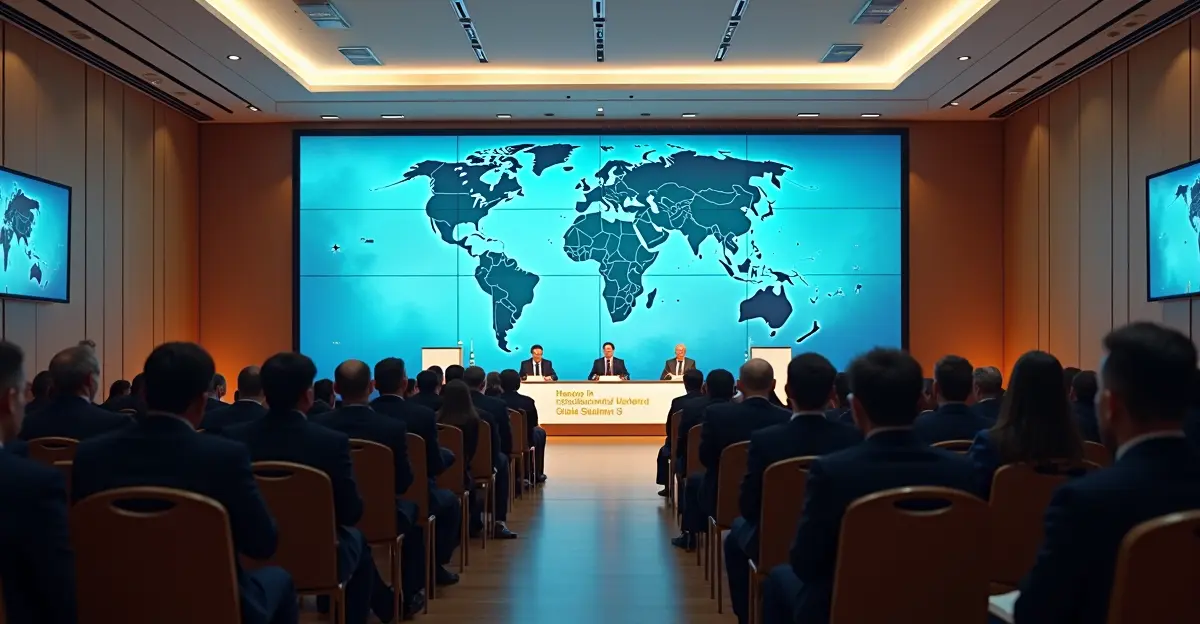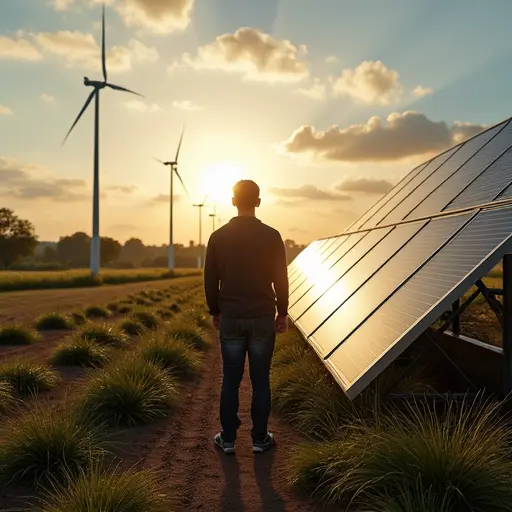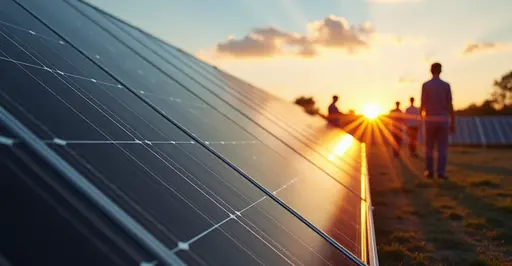
Historic Global Energy Summit Convenes
World leaders and energy ministers from over 100 countries gathered today for the landmark Global Energy Summit, focused on accelerating the transition to renewable energy sources. The summit comes at a critical time as nations work to meet their climate commitments under the Paris Agreement.
Major Investment Commitments Expected
According to summit organizers, several major economies are prepared to announce significant clean energy investment packages. China, already the world's largest investor in renewable energy with $126.6 billion invested in 2017 alone, is expected to lead with new commitments. The country has installed over 373 GW of renewables in 2024, reaching a total installed renewable capacity of 1,878 GW.
Technology Transfer and Financing Mechanisms
A key focus of the negotiations involves technology transfer agreements between developed and developing nations. Wealthier countries are discussing mechanisms to share renewable energy technology while ensuring fair compensation for intellectual property. Financing structures for emerging markets are also high on the agenda, with discussions about how to make clean energy investments more accessible to developing economies.
Solar and Wind Power Dominate Discussions
Solar and wind energy technologies are receiving particular attention, given their dramatic cost reductions over the past decade. From 2011 to 2021, renewable energy grew from 20% to 28% of global electricity supply, with solar and wind power accounting for most of this increase - growing from a combined 2% to 10%. In 2024, renewables accounted for over 30% of global electricity generation and are projected to reach over 45% by 2030.
China's Leadership Role
China's remarkable progress in renewable energy is serving as both inspiration and challenge for other nations. The country aims to have 80% of its total energy mix come from non-fossil fuel sources by 2060 and achieve a combined 1,200 GW of solar and wind capacity by 2030. Chinese manufacturing has driven down costs dramatically through innovation and economies of scale.
Global Cooperation Challenges
Despite the optimistic tone, significant challenges remain. Negotiations are complicated by differing national interests, intellectual property concerns, and varying levels of economic development. The deployment of renewable energy still faces obstacles including fossil fuel subsidies, lobbying by incumbent power providers, and local opposition to land use for renewable installations.
Path Forward
Summit participants are working toward concrete agreements that could include standardized regulatory frameworks, joint research initiatives, and coordinated investment strategies. The International Energy Agency estimates that to achieve net zero emissions by 2050, 90% of global electricity will need to be generated by renewables, making this week's negotiations crucial for global climate goals.

 Nederlands
Nederlands English
English Français
Français Deutsch
Deutsch Español
Español Português
Português







